The available pool of impact players in the NHL, whether through trades or free agency, is gradually shrinking after the Detroit Red Wings acquired Alex DeBrincat from the Ottawa Senators over the weekend.
However, there are still notable deals on the horizon, and one that stands out is the potential trade involving Winnipeg Jets goaltender Connor Hellebuyck. Hellebuyck is widely regarded as one of the premier goaltenders in the league, coveted by numerous teams.
The impending Hellebuyck trade is intriguing for several reasons, particularly the complexity surrounding his contract. Currently earning a reasonable $6.1 million until 2023-24, he is due for a substantial raise next year. While some teams may consider a one-year rental of the league’s best goaltender, it is unlikely that most suitors would engage in such a significant trade without confidence in a long-term extension.
Another aspect to consider is how willing a team would be to rely on a 30-year-old goaltender with extensive NHL experience of nearly 500 games.
Ultimately, teams are assessing the potential reward of acquiring a player like Hellebuyck against the inherent risks involved in any trade, especially one that involves a long-term extension. By weighing the potential reward against the risk, organizations can evaluate the feasibility of such a trade.
First, let’s discuss the reward. Hellebuyck is an elite goaltender, comparable to only a handful of his peers such as Andrei Vasilevskiy of the Tampa Bay Lightning and Juuse Saros of the Nashville Predators. Since his NHL debut in the 2015-16 season, Hellebuyck leads the league in total workload and ranks fourth in save percentage (91.6%).
What sets Hellebuyck apart is his ability to excel under consistent pressure, despite playing behind defensively weak teams in Winnipeg. When analyzing the shot profile faced by goaltenders, Hellebuyck’s performance is even more impressive. By measuring goals saved versus expectations, Hellebuyck’s numbers are surpassed only by Saros, with a minimal difference.
To erase 87 goals from the Winnipeg Jets’ goals against column is an extraordinary feat, particularly when comparing it to other quality goaltenders across the league.
Furthermore, Hellebuyck has displayed remarkable consistency throughout his career, with the exception of a weaker season in 2016-17. Generally, he has ranged from good to unbeatable. If one were to speculate on the leading contender for the Vezina Trophy in the upcoming seasons, Hellebuyck’s name would likely be among the top choices.
However, there is a caveat to consider.
While Hellebuyck has built an impressive resume in the first half of his career, teams are not investing in past performances alone. They are willing to pay for his expected performance in the future. Although previous play can provide insight into a player’s baseline production and what can be reasonably expected going forward, it is not a definitive predictor.
What may give teams pause is the market dynamics surrounding goaltenders. The position has become easier to fill with workable goaltending platoons, often at a fraction of the cost, due to increased talent at the position. Additionally, the goaltending position is inherently volatile, leading front offices to allocate cap space towards positions with more predictable performance, such as forwards.
This shift is partially influenced by past instances of goaltender meltdowns. Notably, two of the league’s best goaltenders before Hellebuyck’s emergence, Carey Price of the Montreal Canadiens and Sergei Bobrovsky (now with the Florida Panthers), experienced significant declines in play after signing lucrative extensions, despite previously dominating the league.
Bobrovsky struggled after joining the Panthers, while Price faced health and durability concerns, particularly related to his knees. Both goaltenders, amidst periods of subpar performance and injury worries, were instrumental in their respective teams’ notable Stanley Cup runs. Price briefly regained his form in the 2021-22 season, and Bobrovsky displayed improvement in the past season.
However, it is undeniable that the Panthers and Canadiens committed substantial financial resources to secure goaltenders who no longer perform at the same level as when they signed their extensions.
Does this mean Hellebuyck will inevitably follow a similar path as Bobrovsky or Price? Certainly not. There are counterexamples, such as Henrik Lundqvist of the New York Rangers, who remained formidable late into his career.
Nevertheless, every player’s future carries a degree of uncertainty. While Hellebuyck is undeniably a game-changer in the present, teams must carefully consider the level of risk they are willing to assume in order to make this trade a reality. Florida and Montreal made sizeable deals for premier goaltenders that appeared sensible at the time, but with hindsight, it is evident that these deals did not unfold as planned.
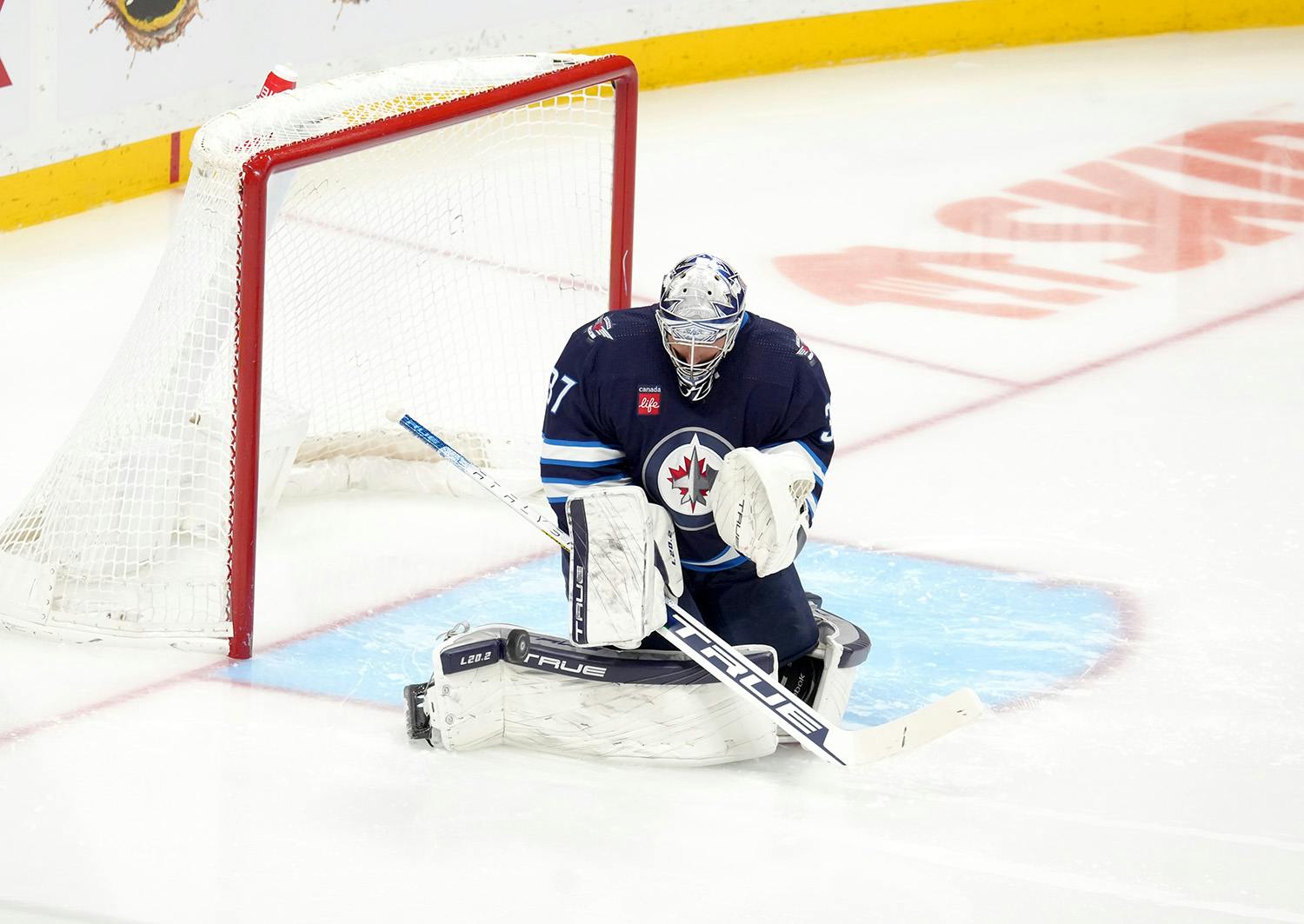

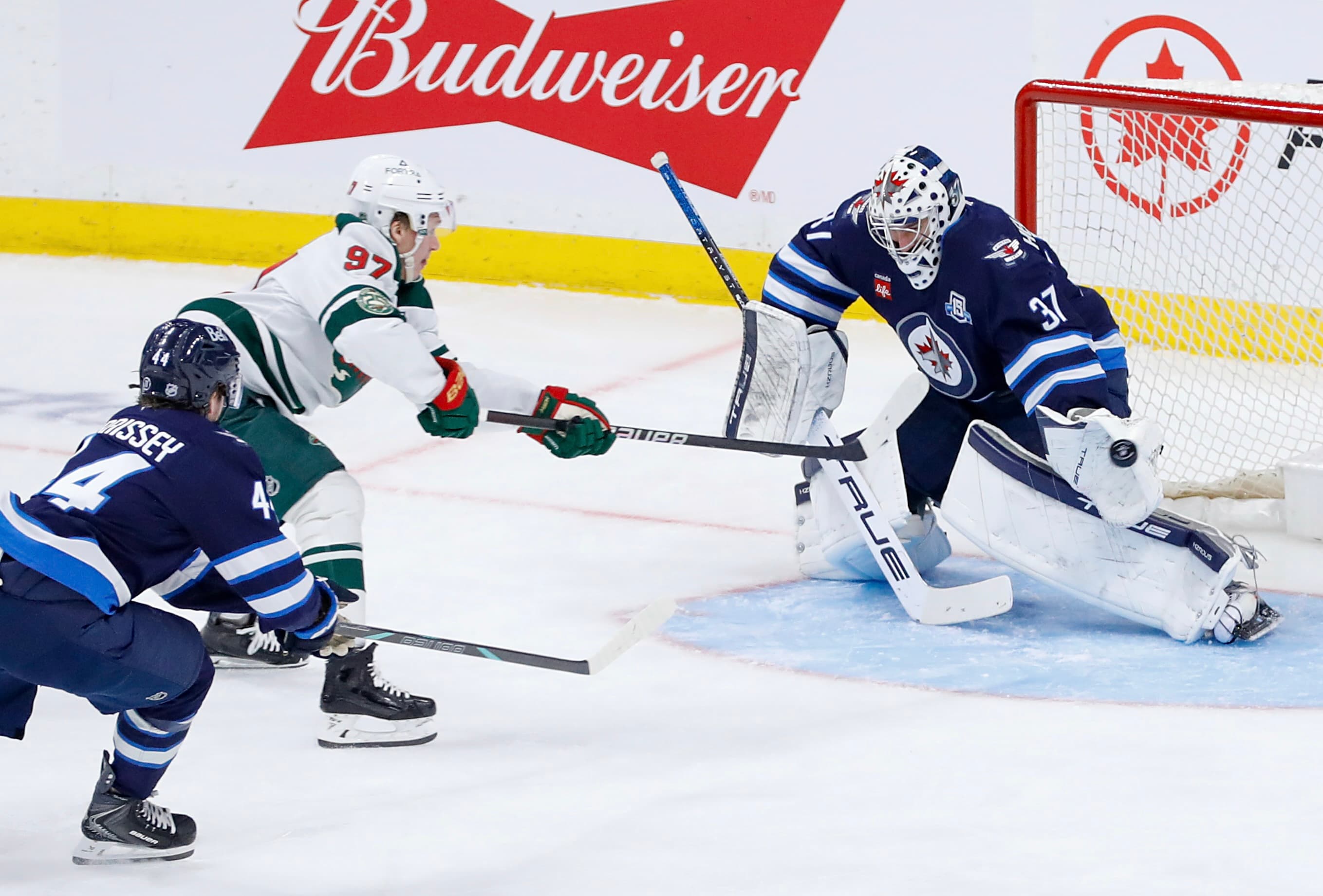


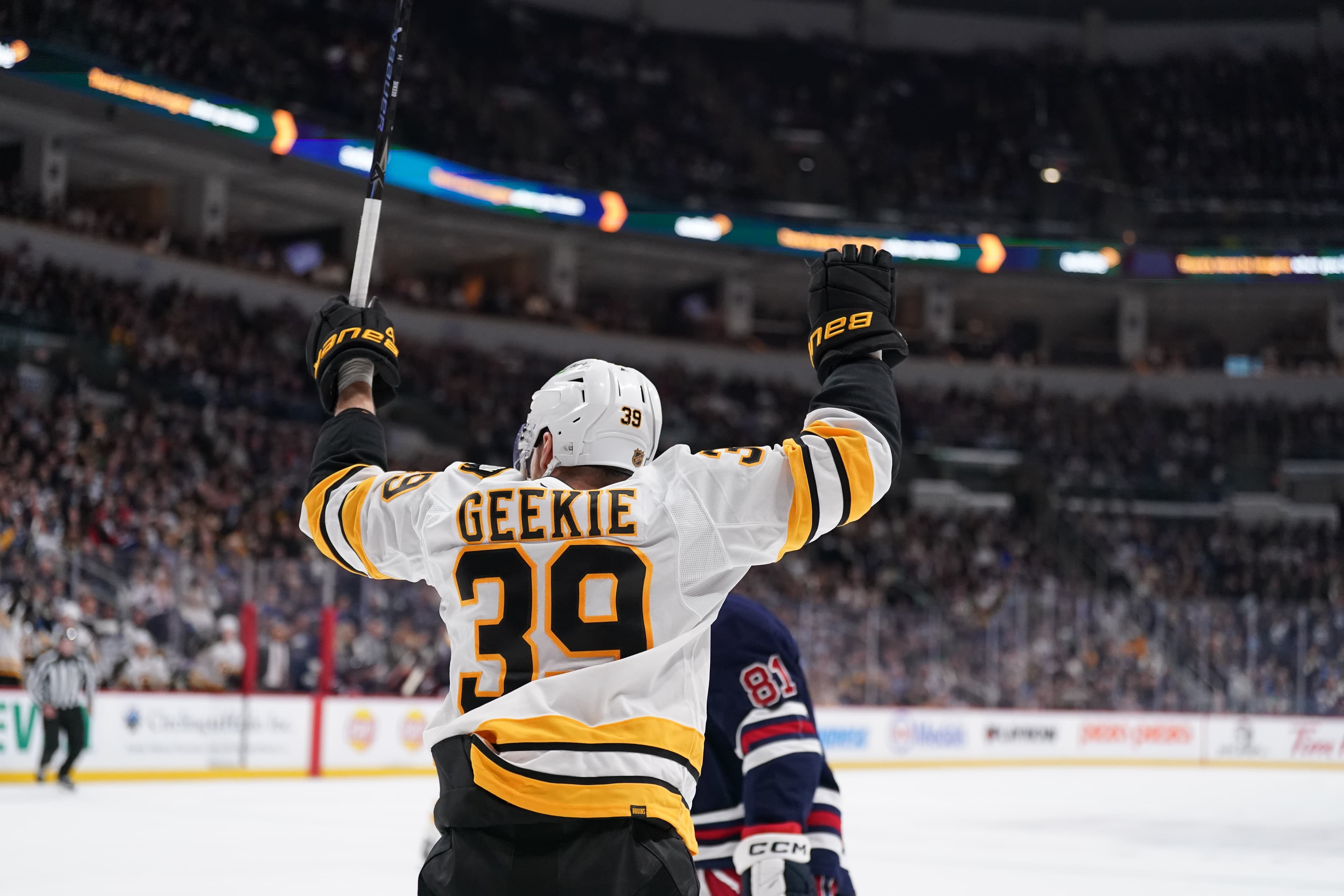
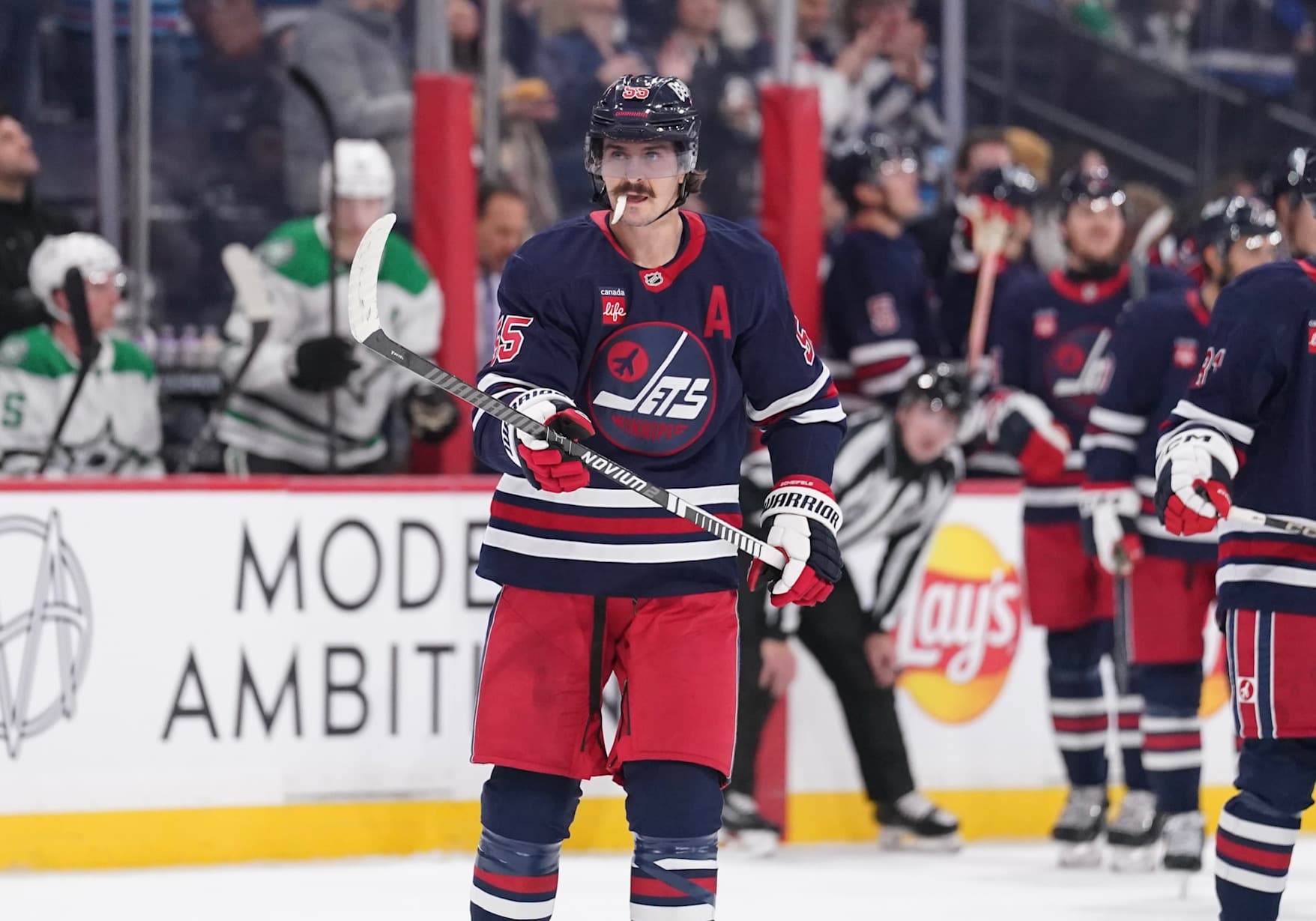
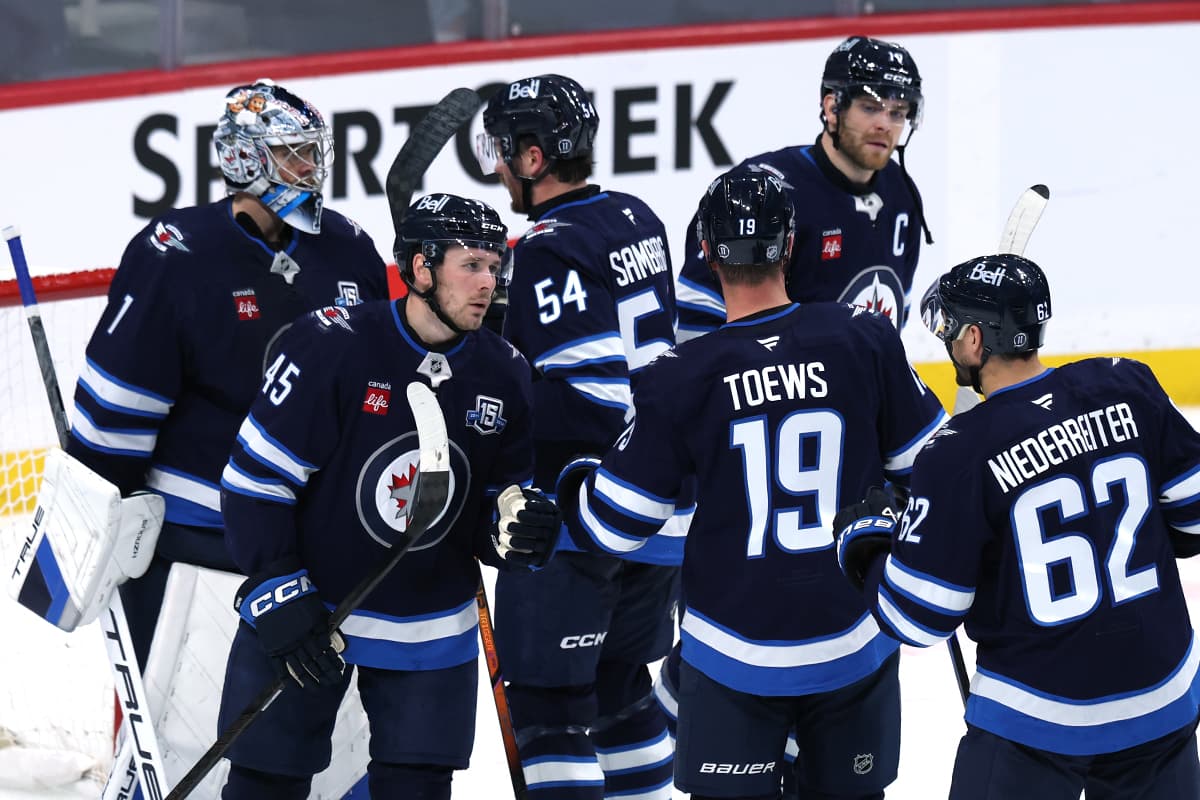
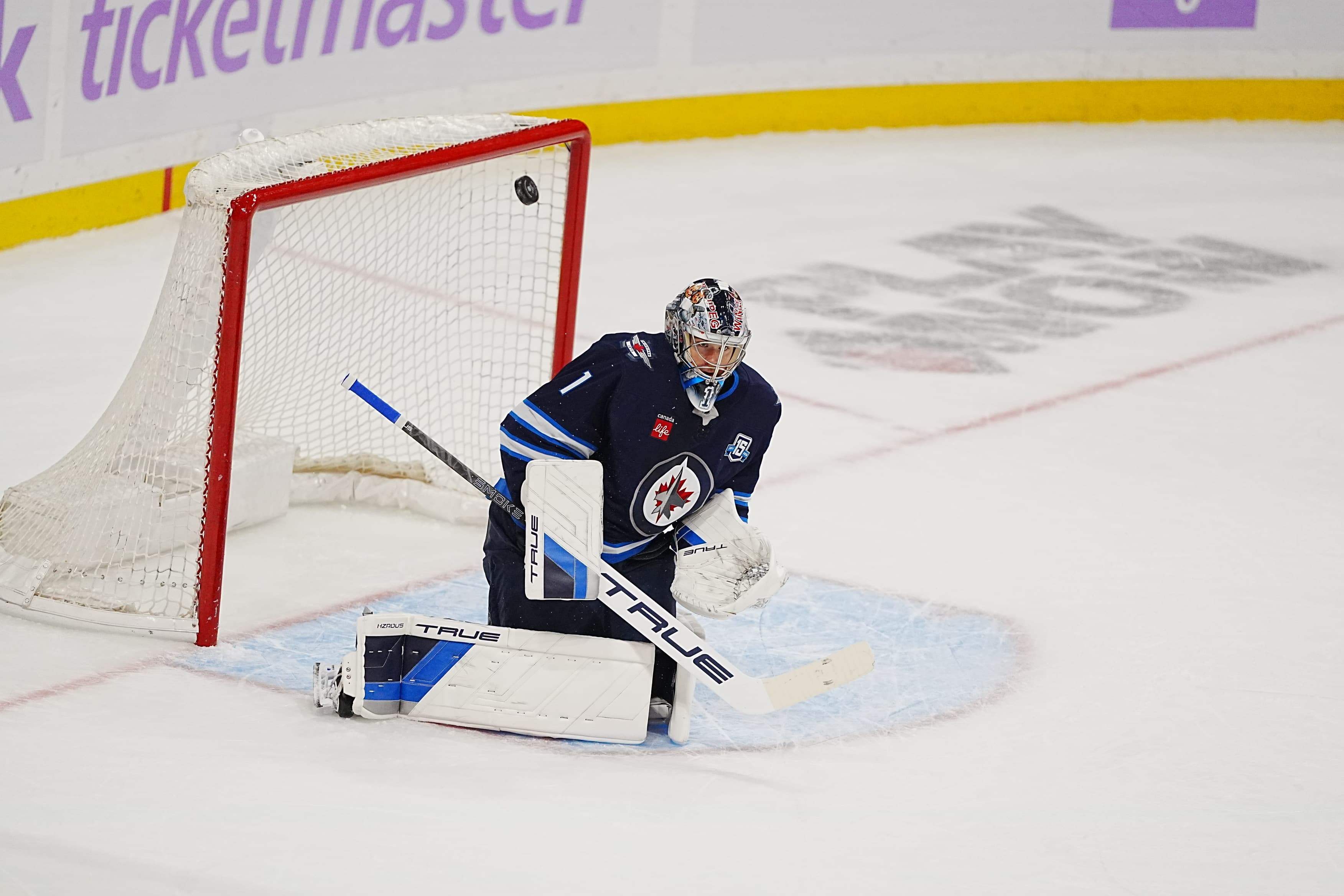


Comments